About this blog: Ladakh is a land of wonders. Not only is the place known for its rugged beauty, the monasteries of Ladakh are equally beautiful and worth visiting. in this blog, we have collated some of the most popular monasteries of Ladakh, how to reach them and the festivals celebrated there. Read on to know more.
The monasteries of Ladakh are one of our reasons for visiting the mystical land of Ladakh. We are intrigued by monasteries. Even when we had visited Sikkim, we always keep looking for the monasteries, however small or nondescript they are. Ladakh in itself is a place that never fails to amaze us – be the landscapes or the rugged mountains or the mystic monasteries of Ladakh. The place is mainly inhabited by the people of Tibetan descent.
So rich is the influence of the Tibetan culture on the lifestyle of the people of Ladakh, it is often called the “little Tibet”. Monasteries and gompas are strewn across Ladakh. Most of them are built on hillocks and are a treat to the architecture enthusiast. Not to forget, the majestic view these monasteries offer, they are a treat for the photographers as well.

Map of Monasteries of Ladakh

List of Monasteries of Ladakh
Ladakh has a number of monasteries. We had once decided that we would take a trip to visit all the monasteries of Ladakh. Well, that trip never happened, but we saw some of the finest monasteries in Ladakh on our trips.
1. Lamayuru Monastery

You will get a glimpse of this monastery when you are entering Leh from the Srinagar Leh Highway. Also known as the Yungdrung Tharpaling Monastery, Lamayuru Monastery is the most ancient monastery in Ladakh region following the Kagyu sect of Buddhism.
Situated about 125 km from Leh town, the first view of the monastery can mesmerize anyone. Legend has it that during the time of Buddha, the region where the monastery is situated today was actually a big lake, home to many Nagas (holy serpent).
Planning a trip to Ladakh? Read our Comprehensive Guide on Planning a Trip to Ladakh. It will answer all your queries!
Later, between 1016 – 1100, Mahasiddha Naropa visited the place from Zanskar and converted the lake into a sacred land. In 1038, the great translator Rinchen Zangpo built 5 temples at Lamayuru, out of which only one remains now. Lamayuru was a sacred place for the Buddhists and Muslims of Ladakh and Baltistan as well as the Muslims of Kashmir. The monastery has survived plundering and destruction a number of times. incidentally, ‘Tharpaling’ means the land of liberation.

Lamayuru Monastery is located at an altitude of 3510 metres and is also known as the Moonland of Ladakh. This is so because of its distinct geographical formations of moon-like landscapes on the mountains. The valley around the monastery is breathtakingly beautiful. Known as the moonland, it is said that the place looks like heaven on a full moon night. We have visited Lamayuru monastery on such a time, but we are sure that the place would definitely look just as gorgeous.
Important Festival celebrated in Lamayuru Monastery:
Yuru Kabgyat is celebrated at Lamayuru Monastery in the 2nd month of Tibetan lunar calendar. It usually falls on end of July. This is a 2-day festival when a ritualistic masked dance is performed along with other sacred rituals.
How to reach Lamayuru Monastery?
You can visit Lamayuru Monastery on your way to Leh from Srinagar by road. You can also visit the monastery from Leh and club your visit with the other places in Sham Valley (Alchi, Likir Monastery, Magnetic Hill, Sangam Point etc). If you want to stay at Lamayuru village, there are homestays available. You can also stay in the monastery.
2. Hemis Monastery – One of the Richest Monasteries of Ladakh

Hemis Monastery is one of the most important monasteries of Ladakh as well as in India. It is the best place to revere the ancient artefacts and relics of Buddhism. It is the largest and the richest monastery in Leh situated some 45 km from the Leh city at Shang Valley on the western banks of the Indus River at the Leh-Manali highway.
The monastery has an amazing collection of various statues, paintings and thangkas. Hemis Monastery belongs to the Drukpa lineage of Mahayana Buddhism.
The monastery was first said to have been established in the 11th century and was again rebuilt the king of Ladakh Sengge Namgyal in 1672. This ancient monastery is said to have 6 unusual relics of Lord Buddha. These relics are put on display during the Naropa Festival in September.
The monastery also has one of the best Tibetan museums and a rich collection of ancient Buddhist text and relics. Apart from that, the monastery also houses the copper and gold gilt statue of Lord Buddha, thangkas, many silver and golden stupas.
Hemis is a beautiful example of Tibetan architecture and art. Beautiful murals, 3-dimensional colourful mandalas and intricate design adorn the assembly hall “Dukhang” and the main temple “Tshogkhang”.
Important Festivals celebrated at Hemis Monastery:
Hemis festival is an annual festival held in the month of June to celebrate the birth anniversary of Guru Padmasambhava. In this festival, the monks perform dance wearing colourful dress and masks. Hemis festival is a spectacle worth watching.
How to reach Hemis Monastery?
Hemis Monastery falls on the way to Pangong Lake. So you can club your visit to the monastery with it. If you have to visit any one monastery in Ladakh, then we would suggest you to definitely visit Hemis Monastery.
3. Thiksey Monastery

Thiksey Monastery is one of the most beautiful monasteries of Ladakh. You can experience the tranquility of Leh at this monastery. Located about 19 km from Leh town, Thiksey Monastery stands as an imposing structure and provides a perfect example of Tibetan architecture. It is situated on a hillock overlooking the Indus Valley with a magnificent view of the Stok range.
Thiksey Monastery is said to be one of the most beautiful monasteries in Ladakh. Its structure resembles that of the Potala Palace of Lhasa in Tibet. The 12 storey monastery complex contains numerous stupas, statues, thangkas, wall paintings, swords and a large pillar engraved with the Lord Buddha’s teachings.
The main prayer hall has a 50 feet tall statue of the Maitreya Buddha. The Maitreya Buddha is seated in lotus position and the murals behind the statues depict the scenes from his life which is the future. There is also a temple dedicated to Goddess Tara here. The monks are quite friendly and will patiently tell you about the history of the place.
Important Festival celebrated at Thiksey Monastery:
The Thiksey Gustor Festival is held here during the 10th month of the Tibetan calendar (usually October or November) when the sacred mask or Cham dances are performed by resident monks and nuns as a part of a ritual.
How to reach Thiksey Monastery?
Thiksey Monastery is located about 19 km from Leh and can be visited on your way to Pangong Lake. Visit the Hemis and Thiksey Monastery together.
Want to go for a bile trip in Ladakh? Know all the tips that you should keep in mind for a Ladakh Bike Trip.
4. Alchi Monastery

Alchi Monastery happens to be one of my favourite one in Ladakh. Not because it boasts of the beautiful architecture of stunning murals. I am actually fond of this monastery because of its unique location. The Alchi Monastery is actually a monastic complex with Buddhist shrines and chortens located in a walled courtyard.
What makes this monastery unique from the other monasteries that we visited in Ladakh is that they have both Buddhist and Hindu influence in their architecture. The complex is said to have been built in the 11th and 12th century by Hindu Kashmiri artisans. Alchi Monastery is one of the oldest monasteries in Ladakh and it is often debatable which one – Alchi or Lamayuru is the oldest.
The main complex has 3 temples –having ancient woodwork and intricate carvings. The Gompa contains 1000 small images and idols of Lord Buddha along a long corridor that ushers you into the Assembly hall filled with rare paintings and frescoes. There is a line of prayer wheels outside the temple complex. Follow them and they will lead you to the banks of the Indus River.
Important Festival celebrated at Alchi Monastery
Losar
How to reach Alchi Monastery?
Alchi is located 65 km from Leh. While visiting Alchi Monastery, visit the Basgo ruins as well. These ruins are enlisted in UNESCO World’s 100 endangered sites.
5.Likir Monastery

Likir Monastery, one of the most beautiful monasteries of Ladakh stands at one of the most picturesque locations. A giant Buddha statue is placed outside the monastery building. Likir, originally called Lu-Khyil (water spirits circled) owes its name to the Nagas (water spirits) who once lived there. The Assembly hall of the monastery has some very impressive statue of Lord Buddha. Thangkas, ancient manuscripts, scrolls, costumes, earthenwares and other artefacts are stored in Likir Monastery.
Important Festival celebrated in Likir Monatery:
Likir Das-mo-che or the Likir festival is held annually from the 27th to the 29th of the 12th Tibetan month.
How to reach Likir Monastery?
The monastery is located 53 km from Leh town in Likir village. Taxis and buses are available to Likir.
6. Diskit Monastery

Diskit Monastery is located in one of the most scenic places of Ladakh. You can enjoy the view of the majestic Diskit monastery at Nubra Valley, one of the cold deserts of the world. As you traverse the pitch-black roads beside the white sand dunes, you will see the imposing structure of the old Diskit monastery as well as the gigantic statue of the Maitreya Buddha standing tall. You can very well feel the calmness of the place and bask in the varied landscapes of the enchanting Nubra Valley.
Standing at an altitude of 10300 feet, the monastery belongs to the Gelugpa sect (Yellow Hat) of Tibetan Buddhism. The Diskit Monastery is about 350 years old and is the largest and oldest one in the Nubra Valley.
The murals, intricate frescoes and paintings of the monastery are sure to bewitch you. The monastery has an elevated cupola having a wall fresco depicting the Tashi Lhunpo Monastery of Tibet. There are numerous small shrines and ancient Tibetan and Mongolian religious textbooks and scroll in the monastery.

Just in front of the hill where the ancient Diskit Monastery is located, stands the 106 feet giant statue of Maitreya Buddha. The colourful statue is the symbol of World Peace. It is as if Lord Buddha oversees each and everyone and everything in the valley.
Important Festival celebrated in Diskit Monastery:
Distik Gustor Festival is celebrated for 2 days usually in October. The festival marks the victory of good over evil. Lamas perform Chham dance performance during this festival.
How to reach Diskit Monastery?
Diskit Monastery is 150 km from Leh and you can visit it on your way to Nubra Valley.
7. Spituk Monastery

Located about 7 km from Leh very near to the Leh airport, the monastery is perched on a cliff and the Indus River flows just beside the monastery. A reflection of the gompa in the clear waters of the river is sure to leave you stunned. The monastery was founded in the 11th century. Spituk Monastery has a throne dedicated to his Holiness, the Dalai Lama.
The monastery was named “Spituk” (meaning ‘exemplary’) by the great translator of Sanskrit Buddhist texts into Tibetan Lotsava Rinchen Zangpo.
The old gompa has been carefully restored while a new complex has been constructed within the monastery. The largest building, the Dukhang Hall, has seating along the wall with a throne at the far end. A little higher up the hill is the temple of Goddess Vajrabhairva.
The statue of the Goddess is kept covered throughout the year and is unveiled only during the Spituk Festival which is held in the eleventh month of the Tibetan calendar. The monks perform dances wearing colourful dresses and masks depicting the life of Buddha.
Festivals celebrated in Spituk Monastery:
Spituk Gustor Festival is an annual winter festival celebrated for 2 days in January. The main purpose of the festival is for world peace, happiness and for the welfare of all living beings. The main attraction of the festival is the masked dance performed by the monks.
How to reach Spiyuk Monastery?
Spituk Monastery is located only 9km from Leh town just near the Leh airport.
Travelling to Ladakh? This most common Itinerary of Ladakh might help you in planning.
8. Shey Gompa

Shey Monastery or Shey Gompa is a part of the Shey Palace, built in 1650. Shey Palace was the home of the royal family till 1834 after which it was shifted to Stok Palace. This is a smaller monastery but houses one of the largest statues of Lord Buddha, as tall as a 3-storeyed building. In front of the gold plated copper Buddha statue, lies a wax bowl having an eternal flame. The flame is always lit for a year before it is changed with another one.
How to reach Shey Gompa?
Shey Monastery is about 16 km from Leh town on the same road to Thiksey Monastery. So you can plan your trip to these monasteries together. Next to the Shey Monastery is the famous Rancho School.
9. Phyang Monastery

Phyang Monastery or Phyang Gompa, located about 16 km west of Leh town, stands atop a hill giving the appearance of a palace. The monastery was established in 1515 and belongs to the red hat sect of Buddhism.
The Gompa is a big complex housing a number of sacred shrines having exquisite wall paintings and murals. The major attraction of the monastery is, however, the 900-year-old museum. The museum has a rich collection of idols and thangkas as well as a variety of weapons and firearms of Chinese, Tibetan and Mongolian origin.
Important Festivals held in Phyang Monastery:
Phyang Tsedup Festival is held on the 2nd and 3rd day of the 6th month of Tibetan Calendar which usually falls in July-August. Masked Chaam is the major attraction of this festival.
How to reach Phyang Monastery?
It is just 15 km from Leh town.
10. Mulbekh Monastery

This is one of the first Ladakh Monasteries that you might see if you are entering through the Srinagar Leh Highway. As you are entering Ladakh by the Srinagar Leh Highway, you get a glimpse of what is in store for you.
About 45 km from Kargil, at Mulbekh, stands the Mulbekh monastery. There are two gompas and a 30 feet tall statue of Maitreya Buddha carved out of a rock. The statue is a fine amalgamation of Buddhist and Shaivite work of art. The monastery has some priceless statues and frescoes.
How to reach Mulbekh Monastery?
Mulbekh is located on the Srinagar Leh Highway. It is best visited on your way if you are entering or returning by the Srinagar Leh Highway.
11. Stakna Monastery

Stakna literally means ‘the nose of a tiger’.
It gets the name from the shape of the hill on which it is located. Stakna monastery is located in a picturesque landscape and you can get spectacular views of the Indus River from the monastery. The monastery was built in 1580 by the Bhutanese saint and scholar, Chosje Jamyang Palkar.
At the centre of the monastery, there is an impressive statue of Avalokitesvara which is believed to have been brought from Kamrup region of Assam. The Assembly Hall or Dukhag of the monastery is an impressive one with some incredible paintings of Sakyamuni and other forms of Lord Buddha. At the extreme right corner of the courtyard, there is 7 feet tall silver gilded consisting of a statue of Lord Buddha.
How to reach Stakna Monastery?
The monastery is located about 26 km from Leh. You can visit it by using local transport. You can also visit Stakna Monastery while going to or returning from Pangong Lake or Tso Moriri Lake.
12. Takthok Monastery

Takthok Monastery is situated in Sakti village, 46 km east of Leh town and belongs to the Nyingma School of Buddhism. Takthok literally means ‘rock roof’, as the monastery is made of rock. The monastery has been built around a cave where Guru Rinpoche is said to have meditated in the 8th century.
The monastery has a unique architecture with rocky walls and roofs, huge central courtyard and assembly hall. The monastery has a beautiful collection of frescoes, murals and a throne of Dalai Lama. The gompa preserves Kandshur, the 108 volumes of Buddha’s teachings. The cave near the monastery is known as Duphug Lhakhang. It is a popular pilgrimage where Buddhist visit the cave to be blessed by the sacred water dripping from the ceiling. The water keeps dripping even in winter when the rest of the world freezes.
How to reach Takthok Monastery?
The monastery lies 46 km from Leh and can be reached by buses and cars.
13. Matho Monastery

Matho Monastery is located about 26 km from Leh town and is under the Saskya Monastic School. The monastery, built by Lama Dugpe Dorje in 1410 is located in the beautiful Indus Valley. Matho monastery has an incredible collection of thangkas, murals and ancient scrolls.
Festivals held in Matho Gompa:
Matho Nagrang Festival in the first half of March.
How to reach Matho Gompa?
It is located 26 km from Leh and is easily accessible by car.
14. Basgo Monastery
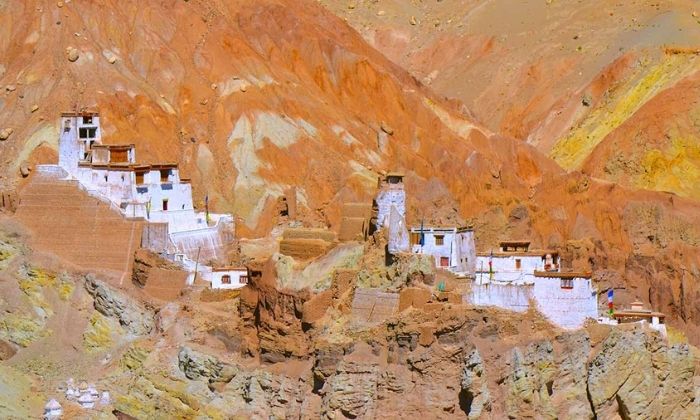
Basgo Monastery or Gompa is located at Basgo village about 40 km from Leh town. The monastery is located on the top of a hill towering over the ruins of the ancient town. The area is dotted with various historical structures and chortens. The monastery is known for its Buddha statue and beautiful murals.
How to reach Basgo Monastery?
Basgo is located about 50 km from Leh on the Srinagar Leh Highway. Club a visit to Basgo with Alchi and Likir Monastery.
15. Sankar Monastery

A beautiful monastery located only 3 km from Leh town, Sankar Monastery is a treasure trove for history and art. Sankar Monastery belongs to the Gelukpa Sect of Buddhism and the head of the sect of Ladakh Sushok Bakul resides here. The monastery has beautiful paintings and murals of Sakyamuni Buddha with his 16 sages and 35 benevolent Buddhas. The most impressive one is the image of Avalokitesvara having a 1000 heads and 1000 limbs!
How to reach Sankar Gompa?
It is only 3 km from Leh town. You can visit the monastery by foot or take a car.
16. Hanle Monastery

Hanle Monastery is built in 17th century and belongs to the Drukpa sect (Red Hat order) of Tibetan Buddhism. The monastery is also known as Analy Gompa and is the home to about 10 monks. Hanle monastery is one of the largest monasteries of Ladakh. Incidentally, it is located only 20 km from LAC (Line of Actual Control) between Indian and Chinese occupied Tibet.
As this place lies in such a sensitive area, prior permission is required to visit Hanle. You need to get a special permit to visit Hanle. Also, photography is quite restricted in this region. Hanle is also known for Indian Astronomical Observatory, one of the highest of its kind in the world.
How to reach Hanle?
You need special permission from DC Office in Leh to visit Hanle. The distance between Leh and Hanle is 255 km and you can reach here by car.
17. Stok Gompa

Stok Monastery or Gompa is a part of the Stok Palace and was built in the 14 th century. Located about 15 km from Leh city, Stok gompa belongs to the Yellow Hat sect of Tibetan Buddhism and is a subsidiary of Spituk Gompa. The entrance corridor of the monastery is adorned with beautiful murals of the Guardians of 4 directions.
The main Assembly Hall is full of beautiful Thangkas and paintings. The left wall of the Dukhang (assembly hall) has images of Vajrapani (Vajra-in-Hand) and Avalokitesvara (Lord of All He Surveys) in his four-armed manifestation. The right walls have the statue of Sakyamuni (the historical Buddha) and Amchi (Buddha medicine), Tara (the saviour) and Nangyalma. There is a small chapel inside the monastery which is said to be the oldest one in Ladakh. The Stok monastery has a huge library having a rich collection of ancient books and texts.
Festivals held in Stok Monastery:
Guru – Tsetchu Festival is celebrated here.
How to reach STok Monastery?
The monastery is only 15 km from Leh town. You can reach here by buses and cars.
18. Korzok Monastery

Korzok Monastery is located on the western banks of Tso Moriri lake atop a hill. Situated at an altitude of 14960 feet, the monastery belongs to the Drukpa order of Tibetan Buddhism. This 300 years old monastery houses at statue of Sakyamuni Buddha along with other beautiful statues. A number of chortens are also there near the monastery.
Festivals held in Korzok Monastery:
Korzok Gustor Festival is celebrated here for 2 days usually during the month of July or August. This festival is attended by many nomadic herdsmen. Masked dances are performed during this festival.
How to reach Korzok Monastery?
The monastery is located 215 km from Leh in Korzok village. If you are visiting Tso Moriri Lake, you can visit the monastery as well. Permit is required to visit the monastery in this area.
19. Rizong Monastery
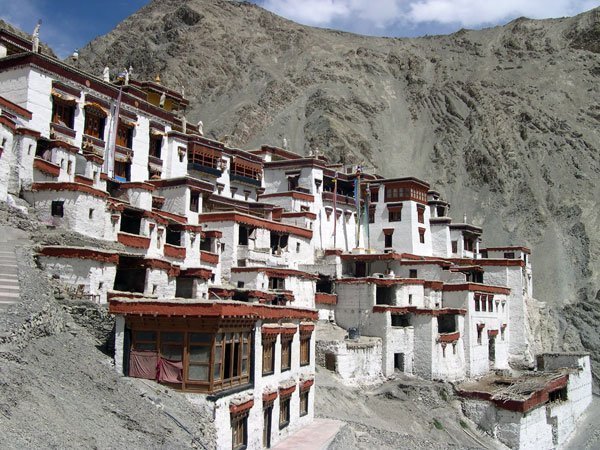
Rizong Monastery belongs to the Gelugpa Sect (Yellow hat sect) of Tibetan Buddhism and is situated at the top of a mountainside valley on the north of Indus valley. The monastery was established in 1831 by Lama Tsultim Nima.
It is believed that Guru Padmasambhava meditated in the caves around the Rizong Monastery. The lamas used to meditate inside the caves and isolated from the rest of the village. The villagers would send them one meal in a day through a one foot square opening in the cave. Inside the monastery, there is a sacred chamber having the statue of Mahakala.
Julichen is a nunnery nearby Rizong monastery where 25 nuns reside. The nuns participate in the daily activities of the monastery. Rizong monastery is one of the monasteries where masked dance is not performed. There are no places to stay nearby Rizong Monastery, but you can stay at the monastery itself after taking permission from the monks.
How to reach Rizong Monastery?
The monastery lies 75 km from Leh town to the west of Alchi and on the way towards Lamayuru. You can take a car to reach the place.
20. Phugtal Monastery

Phugtal or Phuktal monastery is the remotest monastery at the Zanskar region in Ladakh and is also one of the most breathtaking monasteries of Ladakh. The monastery stands at the mouth of the lateral gorge of the Lungnak or Lingti-Tsarap River and looks like a honeycomb nestled between the cliffs. The monastery can be reached only by foot adding to its grandeur and mystery.
Also known as the Cave Monastery or Cave Gompa, the word Phuktal is derived from Phukthal where Phuk means cave and Tal or Thal means leisure. Well, a trek to the monastery offers you stunning views of the valley as well as an insight into the life of the local Zanskari people.
How to reach Phugtal Monastery?
You have to reach Padum, the administrative centre of Zanskar. From Padum, you have to reach the village of Ichar, 30 km away and from there trek to the monastery.
Magnificent Monasteries of Ladakh in Photos








Many other monasteries, gompas and chortens are strewn across Ladakh. These monasteries located in serene locations are sure to remove all your stress and help you to connect with your inner self if you want. These monasteries are the best places to see, learn and understand the history and culture of Ladakh. So while your visit to Ladakh, do keep these monasteries in your itinerary.
More Resources on Ladakh
- A COMPLETE GUIDE ON LADAKH TRIP PLAN
- LADAKH – MOST COMMON ITINERARY FOR 10 DAYS
- KOLKATA TO LADAKH BIKE TRIP – A COMPLETE GUIDE
- CHADAR TREK TIPS AND PLANNING GUIDE
- PANGONG LAKE
Pin it for a later read!




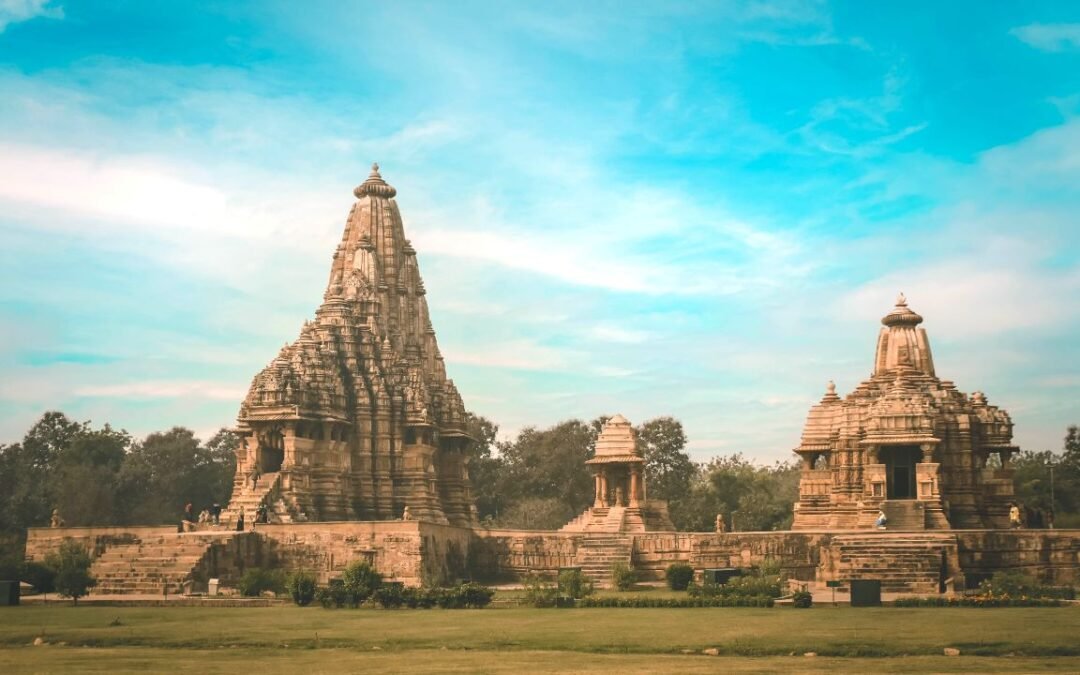

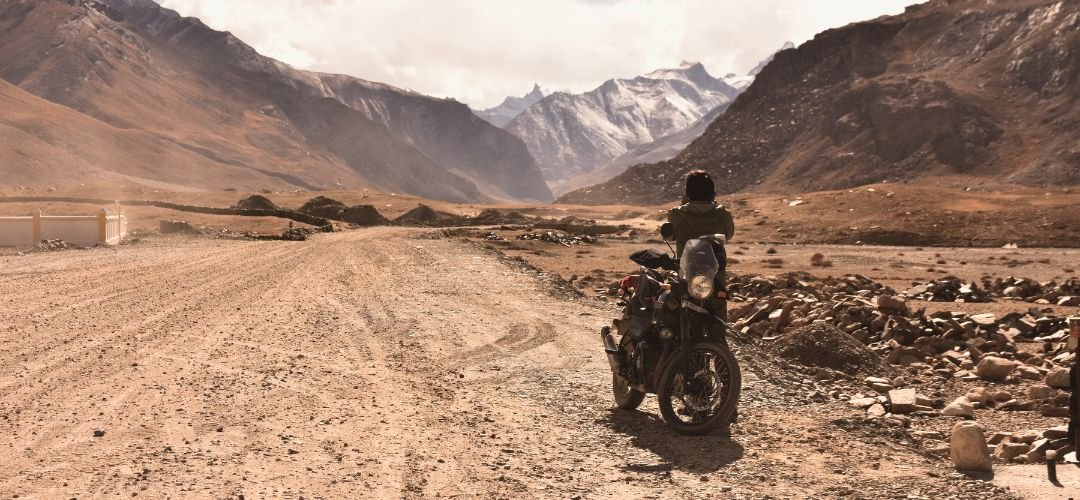
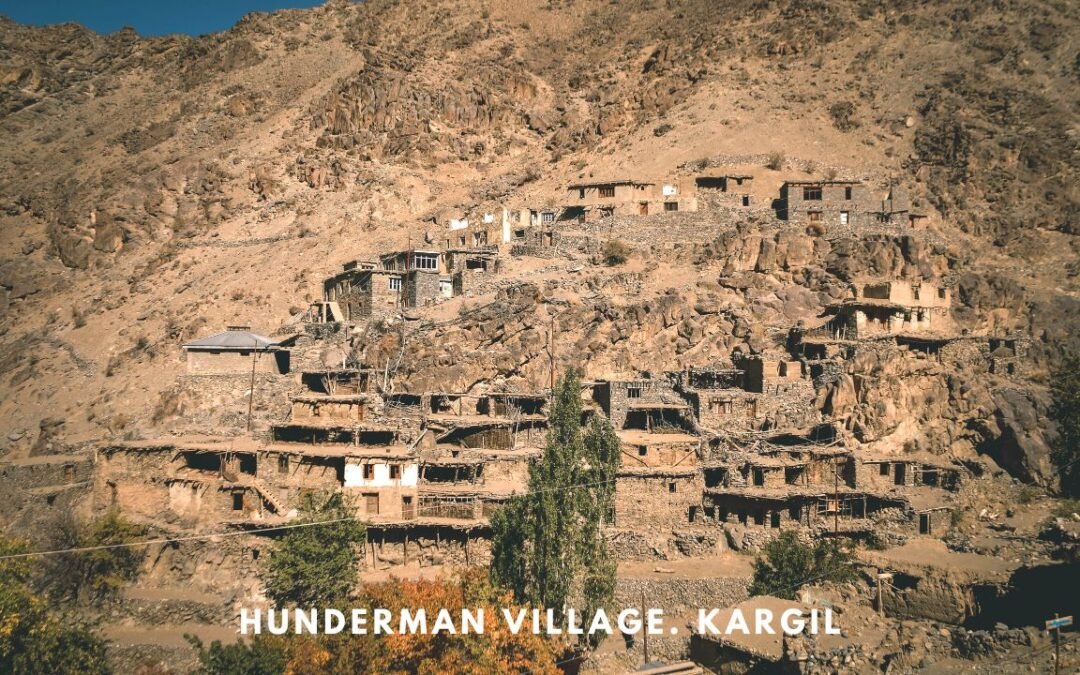
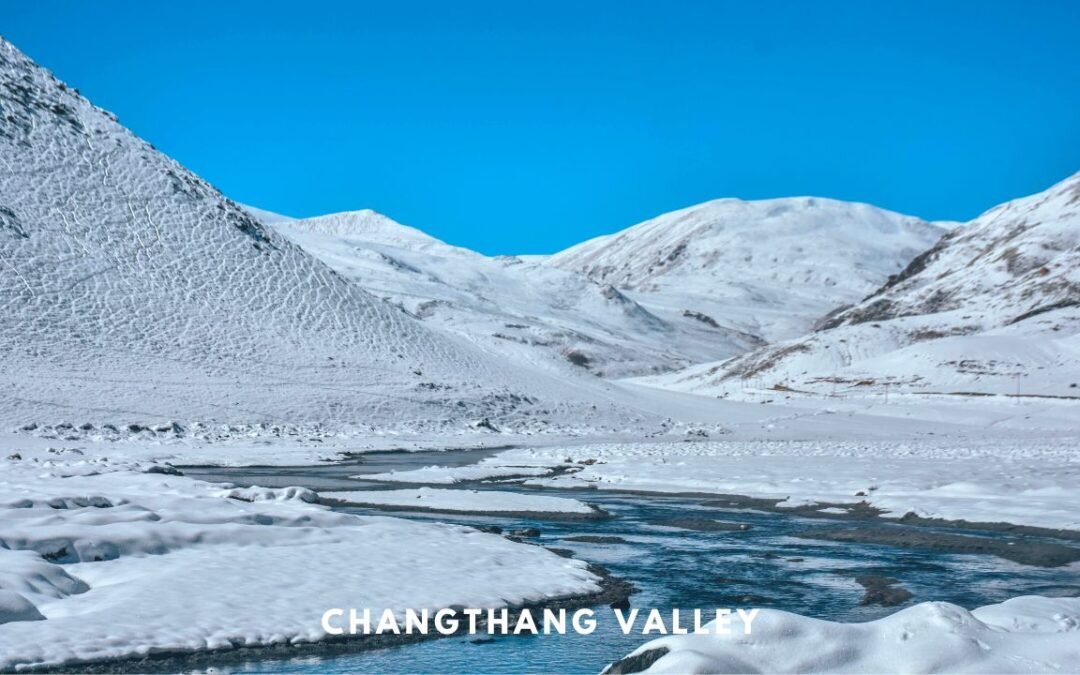
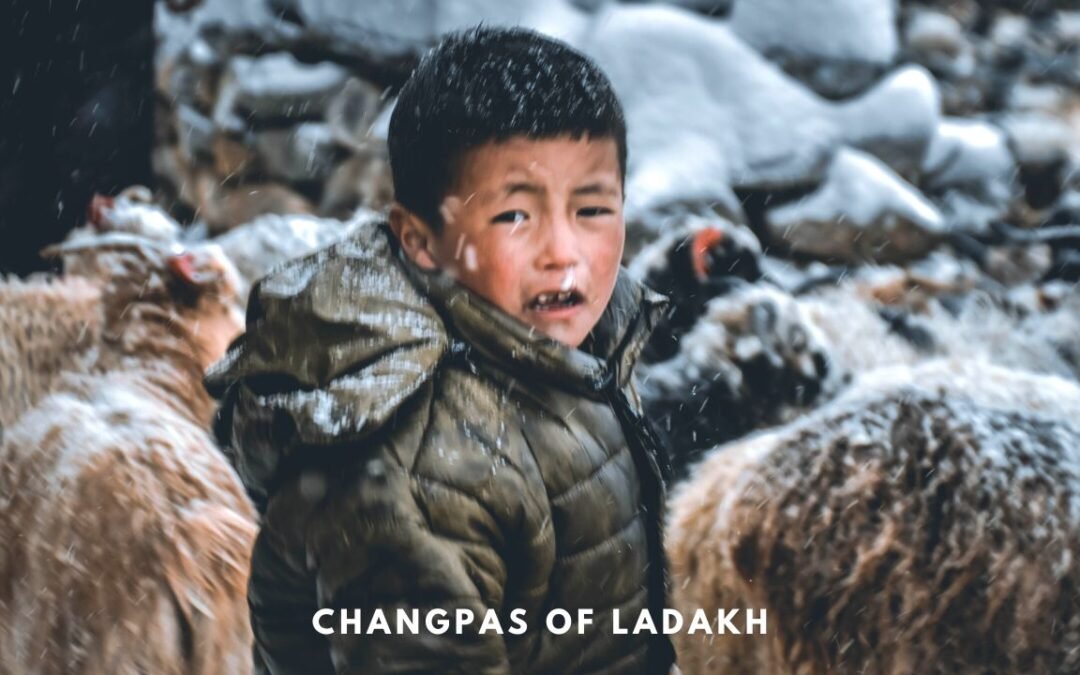


Really liked reding your blog article, good work, keep going
Thank you!